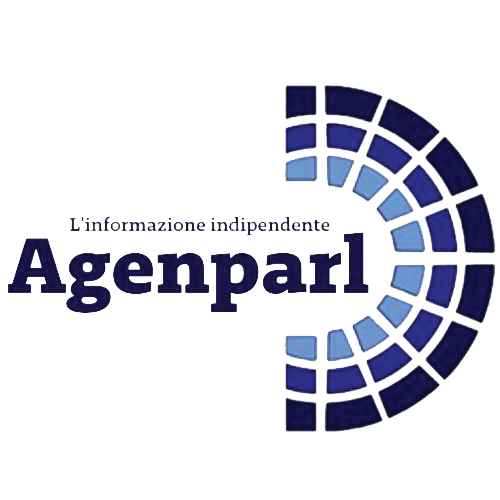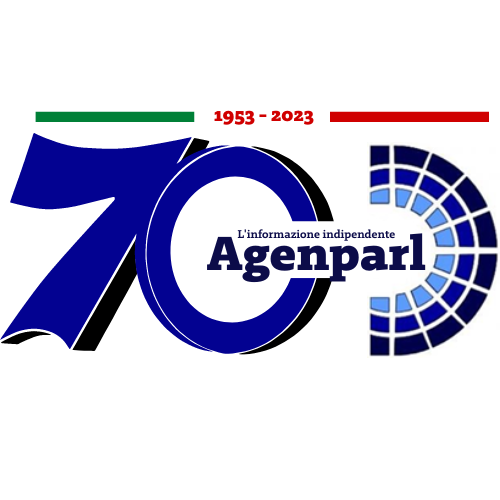 (AGENPARL) - Roma, 9 Aprile 2025
(AGENPARL) - Roma, 9 Aprile 2025(AGENPARL) – Wed 09 April 2025 Rome-Paris, April 9 2025
The Italian and the French authorities make proposals for a more competitive “Pilot
Regime” in Europe
Since its entry into force in March 2023, the Pilot Regime has struggled to gain a foothold in the market,
despite growing interest from market participants. In light of this, the Italian CONSOB and the French AMF
are submitting proposals to the European Commission and the European co-legislators to create a more
suitable regulatory framework to allow for a real development in experimentations of distributed ledger
technology (DLT) by European market infrastructures.
The European Regulation on a Pilot Regime for market infrastructures based on distributed ledger technology
(the “Pilot Regime”), provides a framework of regulatory exemptions to encourage market infrastructures to
experiment with this technology for the trading, delivery and settlement of financial instruments.
In recent years, the development and use of the blockchain technology and of distributed ledgers (DLT) in
financial markets, has accelerated. However, while there is now a relative consensus that blockchain is a
technology that can bring transformative benefits and efficiencies to capital markets, the uptake of the Pilot
Regime remains marginal.
Considering that the European Union needs to better encourage innovation and reap the potential benefits
of this technology, in the context of the Savings an Investment Union, the CONSOB (Commissione Nazionale
per le Società e la Borsa) and the AMF (Autorité des Marchés Financiers) propose ways to make the Pilot
Regime more efficient in three areas:
A more flexible regulatory framework to encourage experimentation
The Pilot Regime must play a more important role in allowing DLT experimentations, providing greater
flexibility to market participants. To achieve this, it is essential to introduce greater proportionality, based on
the size and nature of the project. At the same time, strengthening the role of ESMA will ensure consistency
and convergence of practices across the European Union. Moreover, the use of electronic money tokens and
tokenised deposits for transactions settlement could be authorised more widely, while supporting the rapid
implementation of a solution for safe and efficient centralised money settlement of financial assets issued
through DLT.
Broaden the scope and ensure long-term visibility
To make the Regime more competitive, in particular compared to the regulatory frameworks in other
financial centres, the eligibility and capitalisation limits for infrastructures could be raised to allow testing of
larger-scale projects, while granting ESMA with powers to review such limits to more timely adapt to market
developments. In addition, the list of eligible assets could be extended to include more diversified financial
products, such as structured bonds and some derivatives. Lastly, extending the duration of the Pilot Regime
and clarifying the exit process is necessary to allow the level of investment needed to develop long-term
projects, by offering greater visibility to the investors.
Developing interoperability and raising market awareness
To successfully integrate DLT technology into the European financial sector, gateways need to be built
between DLT infrastructure and traditional systems. Therefore, the definition of common standards at
European level is a crucial step to ensure the interoperability of systems between the different market
participants and simplify processes for all stakeholders. Finally, it is important to raise awareness among
issuers and investors of the opportunities offered by listing financial assets on DLT, in order to promote the
adoption of this technology by all stakeholders.
“At a time when Europe wishes to develop its financial markets to meet its financing needs with the Savings
and Investment Union, it is clearly a priority that Europe puts in place a competitive framework to encourage
innovation, and market testing of distributed ledger technology, in order to better measure the potential
benefits” have declared Paolo Savona, CONSOB chair, and Marie-Anne Barbat-Layani, AMF Chair.
About the AMF
The AMF is an independent public authority responsible for ensuring that savings invested in
financial products are protected and that investors are provided with adequate information. The
AMF also supervises the orderly operations of markets.
Visit our website https://www.amf-france.org
About CONSOB
CONSOB is the Italian regulatory and supervisory body on financial markets. It is an independent
authority, whose aim is to protect investors and ensure a well functioning financial market through
transparent information and fair behaviour of all participants
Visit our website https://www.consob.it
